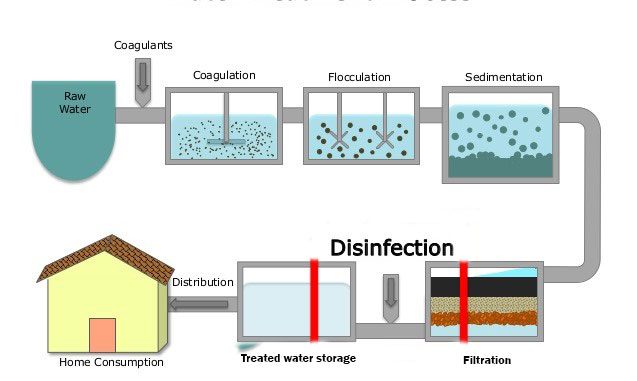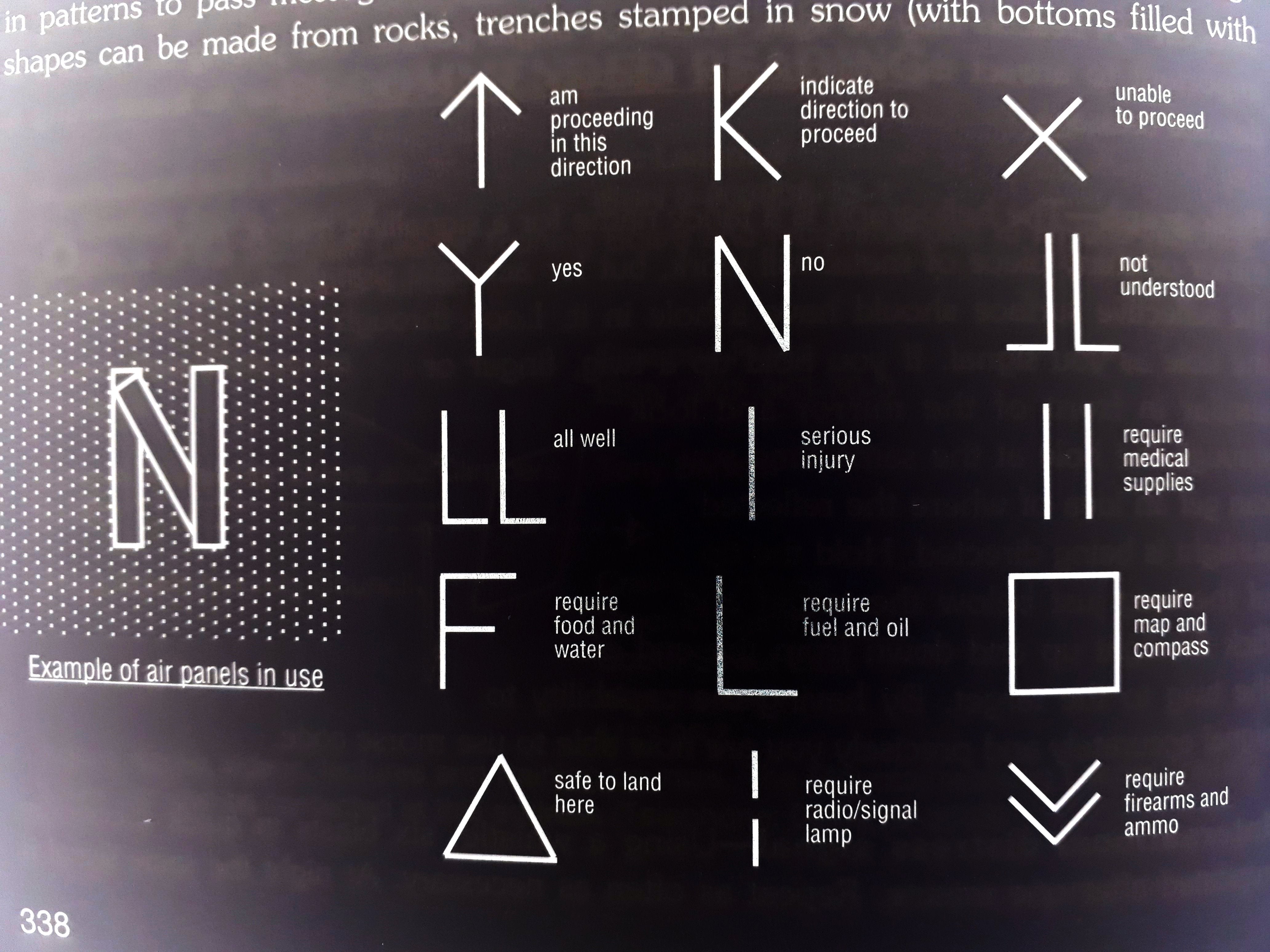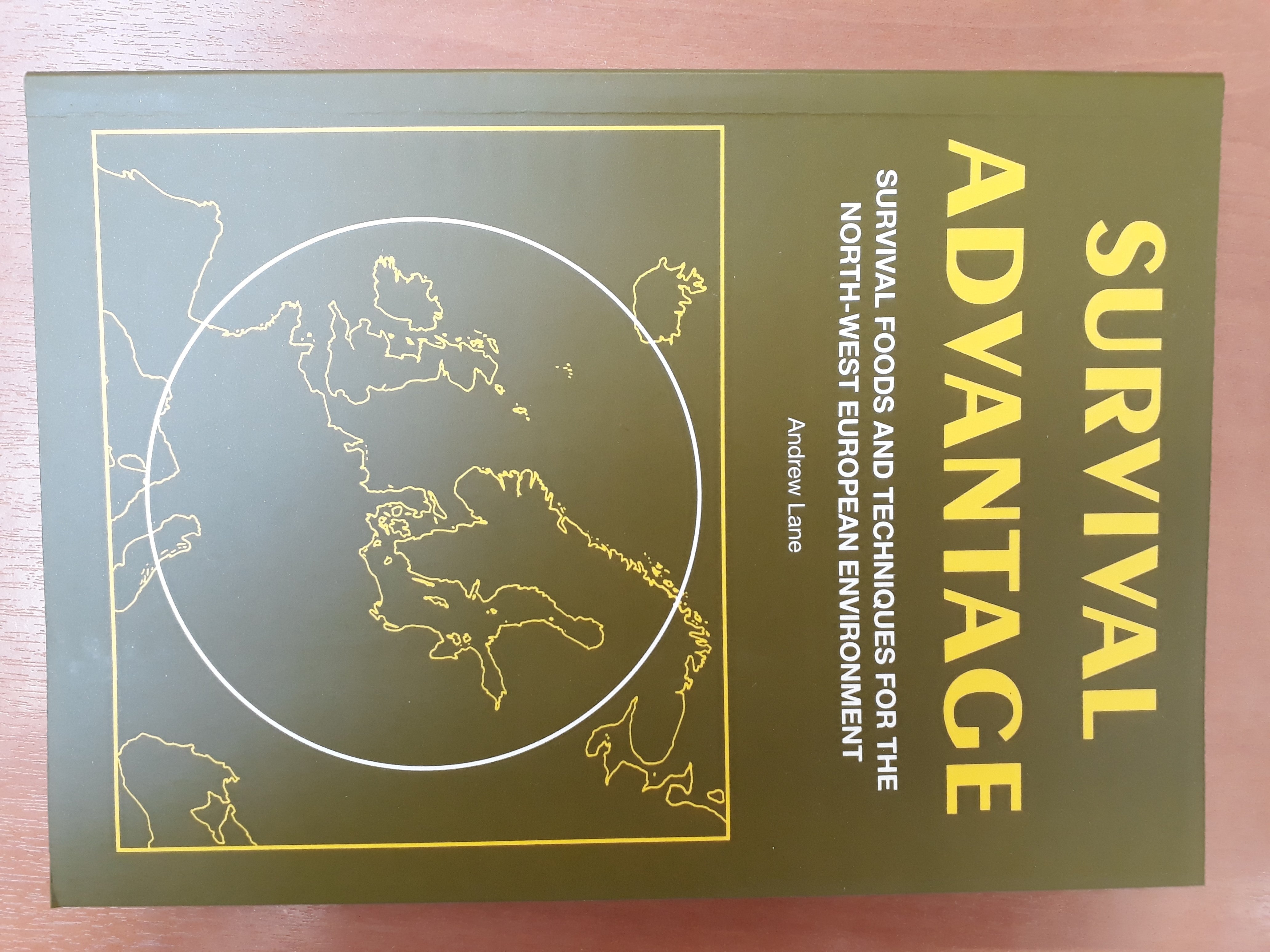
10 Ways to Make Safe Drinking Water in an Emergency
Whether in an urban or in an outdoor emergency situation, it always pays dividends to know how to obtain potable water.
Here is a quick guide on the best and simplest methods and techniques of obtaining safe drinking water, both for yourself and for your family. There may be many reasons why potable water is unavailable; electricity outages, strikes, drought, war, civil unrest, extreme weather conditions etc.
Regardless of reason, we as humans, require at least 8 pints (approximately 4 litres) of water per day to survive (more in hotter climes). We can therefore extrapolate that 1 person will need at least 210 pints of water per months. Taking an average family of 5 members, a month's supply of drinking water equates to over 1000 pints of water. Now think about the logistics of storing such a volume of water. Then there's the physical space required (each 1000 pints will take up an area of volume equating to 100 cm by 50 cm) to store large amounts of water.
Each 1000 pints of water equates to approximately an imperial ton. So a three month supply would weigh approximately three tons and take up the equivalent space of large family sofa. Now think of a twelve/ twenty four or thirty six month supply for a family of 5. Just storing that much water can be a problem , especially if it is bottled (this would obviously take up even more space).
Apart from the space required and the sheer weight of the water, there is also the logistical difficulty of keeping the water safe to drink (potable). Although water can not "go off", it can become polluted/contaminated. Evaporation can also be a major issue (your water supply literally goes up into the air), if the water is not contained in an air tight vessel.
Most "emergency situation" organisations advise you to store at least two weeks' worth of water, whilst official governmental organisation advise you to store at least two weeks worth. In reality, this may be highly impractical, particularly if living space is limited.
We would therefore argue that the next best thing to storing the water, is having the ability to filter and sterilise water, from almost any source. It is possible to make even seemingly undrinkable water safe for consumption, with the right know how.
With regards to water, there are three main types of contaminant; debris in the form of particulate, organic contaminants such as viruses, bacteria and cysts and chemical adulterants such as lead, chromium, phosphates etc.
Therefore, to make water safe for human consumption, it is necessary to remove the physical particulate as well as the chemical and bacterialogical adulterants. Physical particulate is generally "filtered" out using a membrane of some description. Bacteria, viruses and chemical adulterants are neutralized using chemical processes.
Filtering - Water is passed through a filter medium to remove physical debris (also known as sediment) ranging from soil, plant and tree material, insects, plastics and more. Valid water filters vary from anything from high end pre-built units, to limited use, disposable units, to home made replaceable units etc.
Home made filter - These can be made by using everyday components, readily available in the home. Check out our article on making a home made water filter here.
Survival straw - One end of the straw is placed into the dirty water. All you need to do then is suck through the other end. The water passes through a filter medium (often including charcoal or a semi-permeable membrane. These types of filters may or may not remove bacteriological contaminants (depending on the model).
Millbank Bag - A fine muslin cloth bag used to filter water. Initially a military invention, used to gather water, the Millbank bag is literally a bag which is filled with dirty water. As the weave is so tight, very little sediment is allowed to pass through. This puts the water in an ideal state for further purification.
Gravity Filter - Simply uses the mechanical effects of gravity to pass water thorough a filter medium. This technique/filter type saves energy as it works using the force of gravity.
Pump Filter - Uses the mechanical action of pumping to pass water through a filter medium/membrane. Pumps can either be motorized or operated manually. These types of filter often use a ceramic medium as a filter.
Chemical filtering - Uses a chemical combination known as a flocculant. This encourages physical particles to "clump" together making them easier to remove from the water. This process does not remove viruses and bacteria, only physical particulate.
Once all the particulate has been removed from the water, it is then necessary to purify the water, to make it safe for drinking. As mentioned above, there are several ways to do this;
Chemical purification - There are two main chemicals associated with water purification. One is chlorine, the other iodine. These are genrally available in liquid, tablet or powder form.
Boiling the water - Kills all bacteria, cysts and viruses. The cells become super heated causing them to be denatured or destroyed, thus rendering them harmless.
Bleach - The active ingredient here is chlorine. Using bleach is essentially another form of chemical purification. Adding a few drops to a gallon of water will kill all harmful organisms. Please be aware, some people are allergic to chlorine. Please research this method further as this can be dangerous!!! Bleach is a poison!
UV Purification - As with boiling, exposure to UV light (sunlight or synthetic) kills harmful pathogens. This fact is often exploited in third world countries where other forms of purification are too costly or too difficult to obtain. Fill a clear glass or plastic bottle with filtered water. Place into direct sunlight for 24 hours. This should kill off all harmful pathogens.
Solar Still/Evaporation - This is a very safe albeit resource and time consuming endeavor. This involved boiling and cooling water to produce steam which is then condensed back into water. Some specialised equipment makes this much easier although it is possible to make a steam or solar still from scratch, using components found in a regular home.
Advanced Filtration - As technology advances, so water filters become more effective. We have now reached a point where filter mediums are so fine, even viruses and bacteria can not pass through.In some cases, this may mean that pre-filtering may not be a necessity (although is advisable as it greatly extends the life of any filter).
Be sure to check out our article on how to build a pocket survival kit here
Thanks for reading, we hope you find this article useful.
The Bushgear Team


